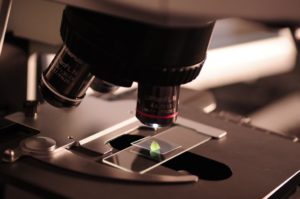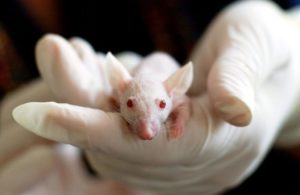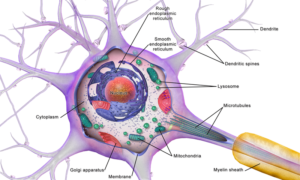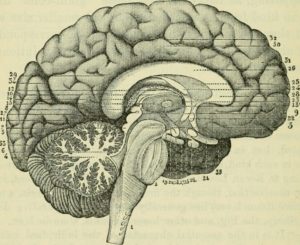Brain-derived neurotrophic factor: A new (old) hope for the treatment of SCA1
Written by Eviatar Fields Edited by Dr. Vitaliy Bondar Scientists use Brain Derived Neurotrophic Factor to delay motor symptom onset and cell death in a mouse model of Spinocerebellar Ataxia Type 1 Spinocerebellar ataxia type 1 (SCA1) is a rare neurodegenerative disease that affects about 2 out of 100,000 individuals. Read More…















